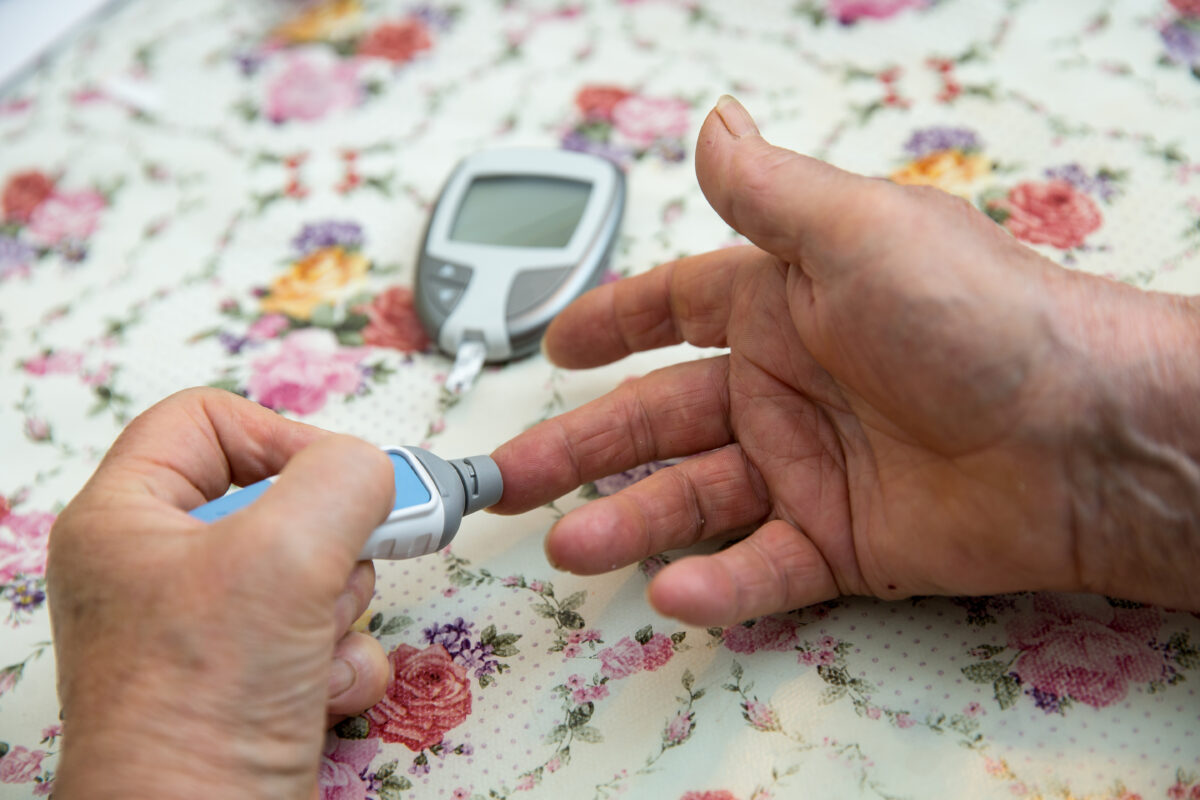
Constipation affects millions of Americans each year, but many patients have not yet found an adequate medication to control their constipation symptoms, new Phreesia data shows. However, there’s a key opportunity to boost education and help patients get on the proper treatments—and that’s by reaching them at the point of care.
Half (50%) of surveyed patients said they experience constipation all or almost all of the time, and 45% reported having dealt with their condition for more than 5 years, according to survey results Phreesia Life Sciences collected in October and November 2021 from 6,780 adults diagnosed with or treated for constipation as they checked in for their doctors’ appointments. Unsurprisingly, patients’ symptoms also seriously affect their quality of life, with 62% of survey respondents saying that constipation has a moderate or great impact on their everyday life.
Despite the prevalence of their condition, many patients do not have a strong understanding of the health risks associated with constipation—61% of surveyed patients said they understood its risks “somewhat well” to “not at all.” This lack of comprehension points to the need for more education that can activate patients and urge them to address their constipation symptoms with their healthcare providers, which many rarely do. Phreesia survey data shows that nearly one-third (31%) of patients have never discussed constipation with their doctor, and among those who did raise the topic, 41% said they brought up their symptoms in fewer than 1 in 4 appointments.
And when it comes to initiating conversations about constipation with their provider, a significant portion (43%) of surveyed patients said they haven’t done so because they either didn’t realize it was an issue to discuss, or they felt uncomfortable bringing it up to their doctor.
“Patients must first understand that their symptoms are worth talking about and worthy of prescription therapy,” says Thomas McCourt, CEO of Ironwood Pharmaceuticals. “Many of these patients feel as though constipation isn’t a serious condition; they believe that it’s their own fault because they aren’t eating right or getting enough exercise. Once they understand that it’s actually a chronic disorder causing their symptoms, they’re more likely to believe they’re entitled to more effective therapy and feel an urgency and confidence to speak up to their doctor.”
In addition to improving patients’ treatment education, better-informed provider conversations are also key to helping get patients onto prescription therapy. Despite not being meant for long-term use, home remedies and over-the-counter (OTC) medications are still the most widely used constipation therapies, according to Phreesia survey data. And while 90% of surveyed patients agreed that OTC drugs are not meant to be used long term, half (50%) of those who have used OTC medications said they have taken them for more than a year.
Reaching patients while they’re in a healthcare state of mind with relevant resources about their condition can help support them as they navigate conversations with their doctor about constipation treatments that are more suitable for long-term use. And Phreesia survey data suggests these conversations tend to lead to prescription uptake, as 32% of surveyed patients have discussed prescription constipation medications with their physicians, and 31% have tried them.
The point of care “is one of the most valuable places for patients to discuss their symptoms and educate themselves about their condition,” McCourt says. Equipping them with doctor discussion guides, prescription savings information and other relevant materials at this critical moment of their healthcare journey not only raises patients’ awareness of prescription treatment options but also empowers them to initiate the discussions with their providers that will drive adoption of appropriate long-term therapy options.








